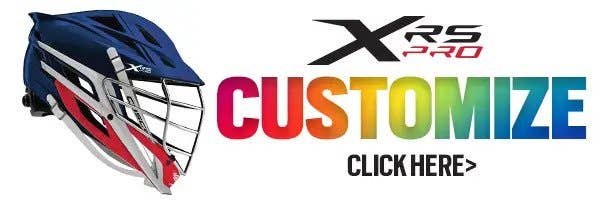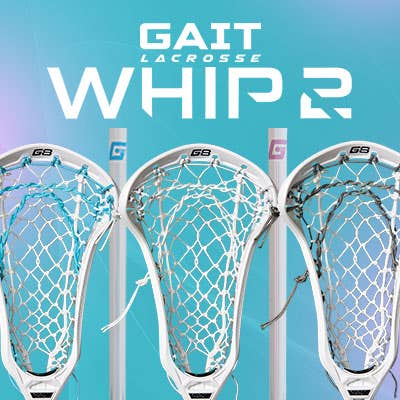Dead heads (Not the Grateful Dead fan base): The Reality of Longevity in Lacrosse Equipment
You ever wonder why those faceoff midfielders throw the ball out of bounds 50% of the time they touch the ball? Or you aren’t stinging corners like you used to? When the ball hits your crosse it hits the plastics and goes out of bounds? Simply put, there is no way that someone can successfully catch and throw when their head is shaped like a 90-degree angle. Watch the movie Coneheads (1993) … That’s what these faceoff guys play with.
Okay, let’s talk about a topic that is completely misunderstood and ignored in the lacrosse community…. Something that should be brought to light because it matters and is negatively impacting your game whether you know it or not. Dead heads.
At the highest level, the most dialed in lacrosse players I have seen have felt the integrity of their heads ware and made a change before they noticed the impact. Whether its missing corners by a few inches, feeling the wax on your mesh deteriorate, missing passes that are hitting your stick, the durability of your head matters.
People constantly talk about when the right time to switch heads, how many they should buy in a year, season, and summer circuit… I see players of all ages walking around with heads from two years ago and they think that is perfectly broken in. You are wrong. There is a good chance that you are playing with a dead head, and you don’t even know.
Here’s the information you need to know about dead heads, when you should switch sticks, how many sticks you need and more.
What is a dead head?
A dead head is a phrase used by the advanced lacrosse community to describe a head that should not be played with due to mishandling, warping, overuse, or other external factors that impact the ability to play.
External factors that cause dead heads
- Heat (Yeah, I am talking to you, the person leaving their stick in their car in the summer)
- Cold
- Overuse (too many shots, cross checks, groundballs, saves, clamps)
- Poor stick etiquette
What happens if you use a dead head?
There are a bunch of issues with using a dead head that I have seen and experienced in my time… Players like Joey Epstein used to change his head 2x a week because of the fear he wasn’t going to be able to sting corners (78 points as a freshman at JHU… not a big deal). Some of these issues include:
- Inaccurate shots
- Missed ground balls
- Inaccurate passes
- Less effective cross checks
- Poor ball security
How do you know your stick is dead?
Mentioned before, you should be constantly checking the integrity of your head, wax on your mesh, tightness of shooting strings, and width of head before and after you play. If your mesh has no grip and there are ball scuffs on the inside of you head, you should probably think about change.
How many sticks should you have?
In almost all cases, two sticks that are similarly strung will suffice and prevent this issue. As you start to play at a more intense level, you may need to switch more.
Here’s our recommended breakdown:
Elementary – Middle School:


*In March, your backup becomes your starter, and you purchase a new backup at LacrosseUnlimited.com*
Conclusion
Too many kids have no idea what a dead head is. Too many kids trust the manufacturers and think that their stick will last for seasons and years. This is insane.
Bottom line, to play your best you need to have fresh sticks. Do NBA players wear the same shoes every game? Do baseball players use the same bat all season? Do golfers use the same putter when they start to go cold, and miss puts? NO. They change shoes, grips, shafts, bats, and clubs because equipment breaks and wears down over time. This is the same with lacrosse… You do not want your grip of your stick, integrity of head, and shooters to deteriorate. Make the change and buy a backup stick.











